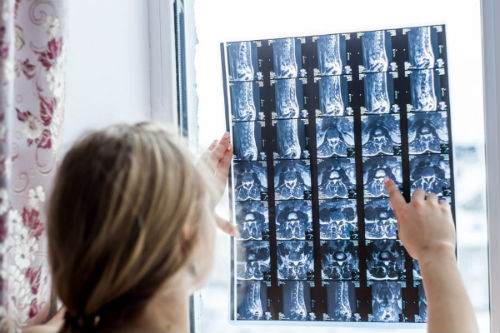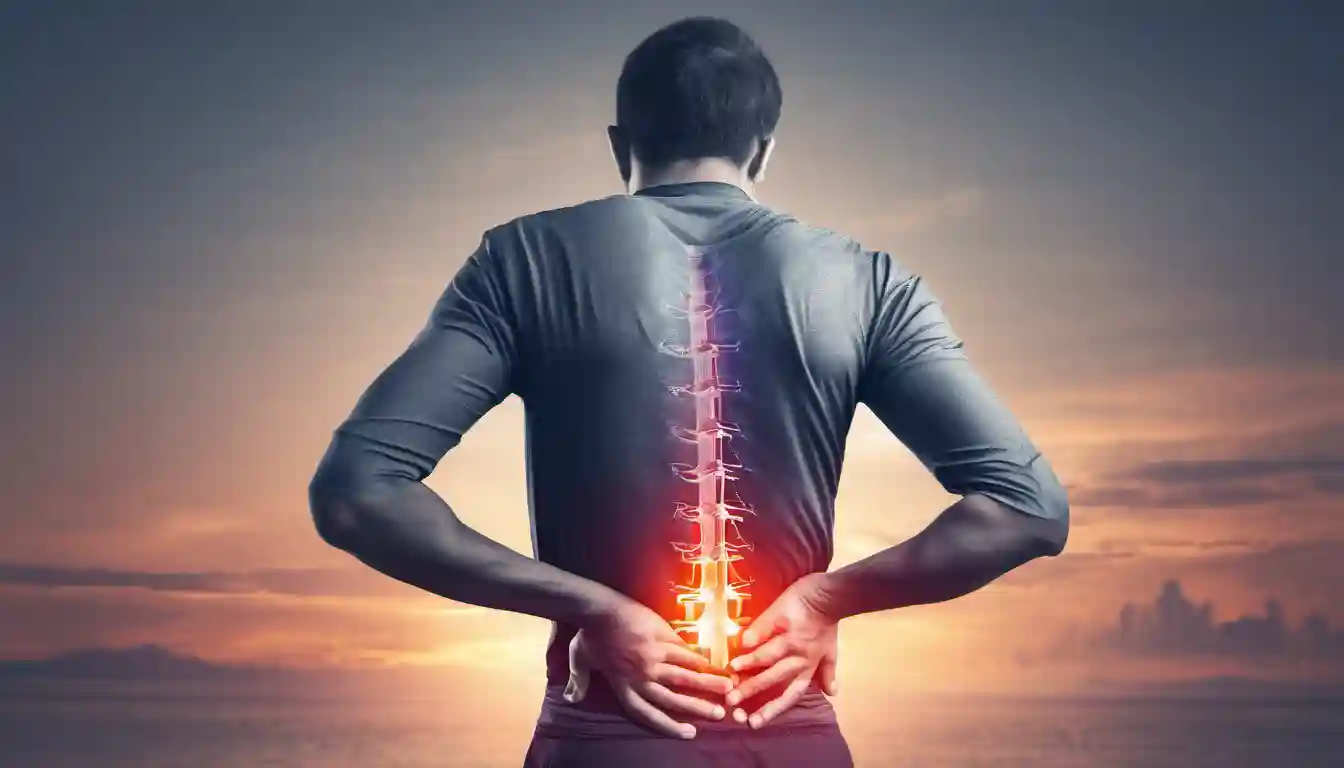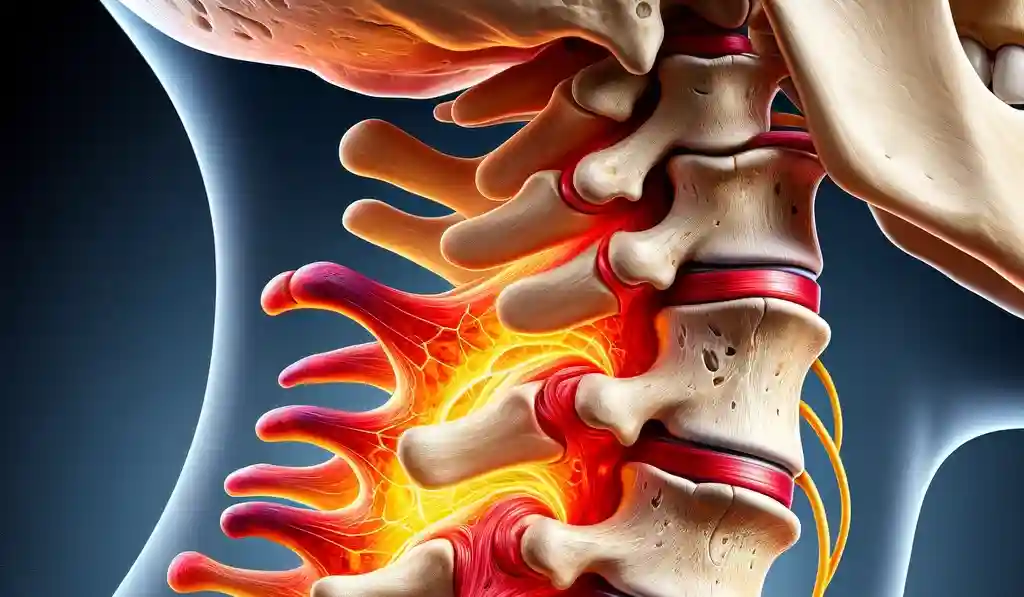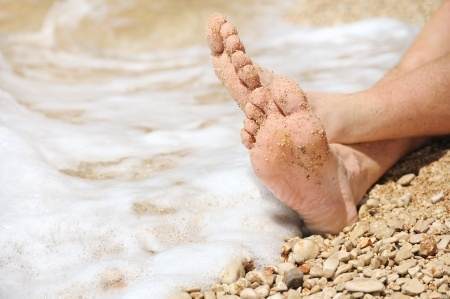Managing Mid Back Pain: Tips to Avoid Fatigue and Pain
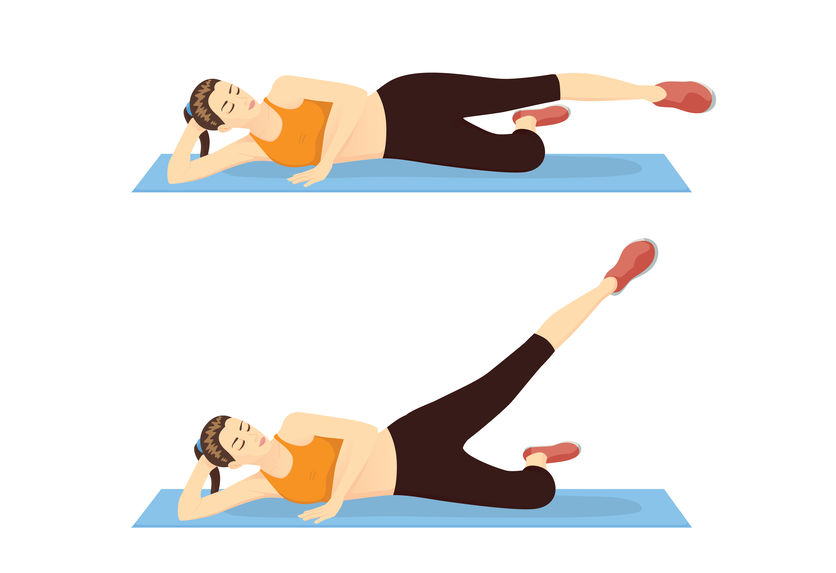
Prolonged hours spent sitting at work can provide a sense of restfulness, but they can aggravate your mid back pain, causing discomfort that ranges from dull aches to persistent burning sensations. Does this situation sound familiar to you?
It often begins with sitting down in the morning with an impeccable posture, only for that ideal alignment to deteriorate within minutes. As the hours pass, you may notice your posture becoming more hunched, or your chin gradually protruding forward, leading to mid-back or neck pain. If you’ve experienced these discomforts, you’re not alone.
In this article, we’ll explore effective strategies to address and prevent mid back pain caused by prolonged sitting. One crucial approach is taking regular breaks from sitting – every hour, if possible. Whether it’s a quick trip to the printer, a coffee run, or a short walk, any reason to stand up will help. Additionally, we’ll delve into beneficial stretches to alleviate mid-back discomfort and promote better posture. Let’s embark on the journey to a more comfortable and pain-free workday.
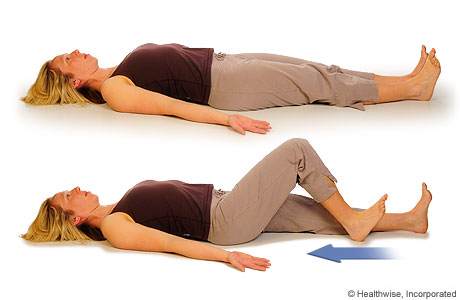
Mastering Your Sitting Posture For Mid Back Pain
Conscious Sitting on a Swiss Ball
To kickstart your journey to better posture, consider practising “conscious sitting” or “active sitting.” One effective method is using a Swiss ball or Exercise Ball as your chair. The challenge here is that if you attempt to lean back or relax too much, you’ll risk falling off. This forces you to engage your muscles actively to maintain balance and prevent swaying.
Perched Position for a Healthy Lower Back
The “perched position” is a posture often seen in smaller individuals. In this position, your feet do not touch the floor, and you sit towards the front of the chair, not utilizing the chair’s backrest. Position your buttocks near the front edge of the chair, with only your buttocks making contact with the chair’s seat and your thighs angling downward. Your lower back should remain unconnected to any support. This seating arrangement promotes the natural arch in the lower back that many people tend to lose over time.
5 Safe Ab Exercises For Lower Back Pain
Consider the Kneeling Chair or Wedge For Your Mid Back Pain
Another option to maintain a healthy lower back arch is a kneeling chair. This type of chair helps sustain the arch in your lower back and prevents excessive pressure on your spinal discs. It’s a great choice for most people, except those with uncommon back issues like spinal stenosis or anterior disc herniations. (Please note that I do not benefit in any way from endorsing these products.)
Alternatively, you can use a wedge, a triangular piece of foam that you place on your regular chair. Position the wider end of the wedge towards the back of the chair and the narrower part towards the front. The wedge effectively lowers your thighs compared to your buttocks, similar to the perched sitting position, but without the need for active perching.
Striving for the Perfect Posture For Your Mid Back Pain
For most individuals, investing in a lumbar support roll can significantly improve sitting posture. Many office chairs lack adequate lower back support. You can assess your chair’s support by examining how far the lower part of the chair back extends, and you’ll often find it insufficient.
Low Back Arch Test
During prolonged sitting, your lower back tends to straighten out, causing your neck and upper back to shift forward automatically. A simple test to assess your lower back arch is the “Low Back Arch Test.” Place both hands in the arch of your lower back and push firmly forward until your lower back can’t arch any further. Notice how your head moves backwards during this process. When you release the pressure, you’ll observe your head moving forward again.
Remember, your lower back serves as the foundation for your sitting posture. If your lower back isn’t properly aligned, it can lead to headaches, neck pain, and, of course, back pain, especially when maintained for extended hours each day.
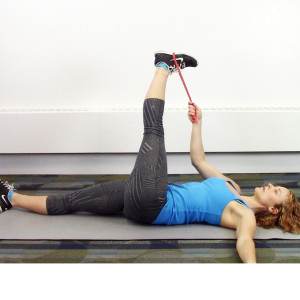
Choosing the Right Lumbar Support Roll for Your Mid Back Pain
Testing with a Rolled-Up Towel
If you find that your chair lacks sufficient support for your lower back, you can perform a simple test using a rolled-up bath towel. This allows you to gauge whether additional support is needed. The beauty of using a towel is its adjustability. You can unroll the towel to reduce the support or roll it further or opt for a larger towel if you require more support. If the towel proves effective and leaves you satisfied, it’s a cost-effective solution worth sticking with.
Investing in a Lumbar Support Roll
However, if you grow weary of having to place the towel in the arch of your lower back each time you sit down, consider acquiring a lumbar support roll. These rolls are designed specifically to provide the necessary support and are easily adjustable to suit your preferences.
Lumbar Degenerative Disc Disease Exercises: A Guide for Relief
Choosing Your Sitting Position
When it comes to sitting posture, the choice of position depends on the support your chair offers. If your chair already provides adequate support and you aren’t using a Swiss ball or wedge, I recommend adopting both the “Perch” position and sitting back in your chair comfortably when you become tired from perching. However, if your chair lacks sufficient support, it’s advisable to use either a bath towel or a lumbar support roll to maintain the natural arch in your lower back.
Proper Hand Position for Computer Use
If you frequently use a computer mouse, pay attention to your hand position. Many people position their arms forward while using the mouse. Keep in mind that your arm weighs approximately 8 lbs or 3.6 kg. While you’re not actively holding the full weight of your arm, you do bear some of the weight if it’s not fully supported by the desk and chair armrest.
To ensure proper ergonomics, make sure both your arms, especially the one operating the mouse, form a 90-degree angle or remain square to your body. Allow your hand and forearm to rest comfortably on the armrest and desk, preventing unnecessary strain and discomfort.
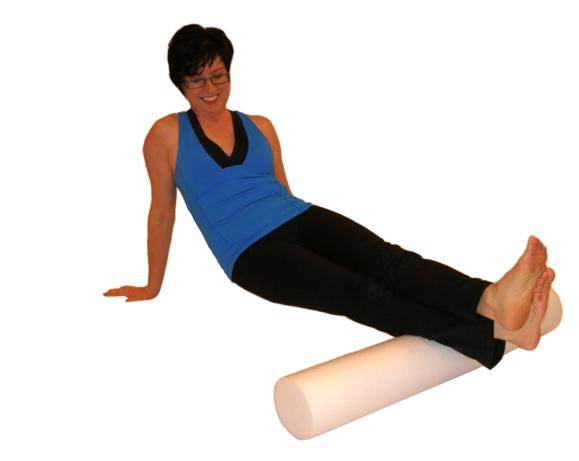
Choosing A Good Chair For Mid Back Pain
A good chair is a good investment in prevention. Make sure you can vary your sitting position.
Your office chair should:
- Adjust up and down easily.
- The armrest should be adjustable.
- The back rest should have great lumbar support so you don’t have to buy a lumbar support roll.
- The pan or the bottom of the chair where your butt rests should be adjustable so you don’t have to buy the wedge.
- Your chair should swivel and move on castors so you can move your chair and not your neck if you are going between two or more monitors.
Swiss Ball Or Exercise Ball
If you are using an Exercise Ball keep note of this:
- Use the ball for short periods to improve postural muscle endurance.
- Use your abdominal, back and side muscles to maintain your curved lumbar spine
- Stop using the ball when you are tired.
Sitting on a ball increases the pressure on the lower back so isn’t for people with lower back problems.
Tell us what you think in the comments below and like us on Facebook. I will answer all questions in the comments section here at this downtown Toronto Chiropractic clinic.
Related Categories: Back Pain, Disc Herniation, Headaches, Hip, Low Back Pain, Mid Back Pain, Neck Pain, Posture, Stenosis, Stretches


